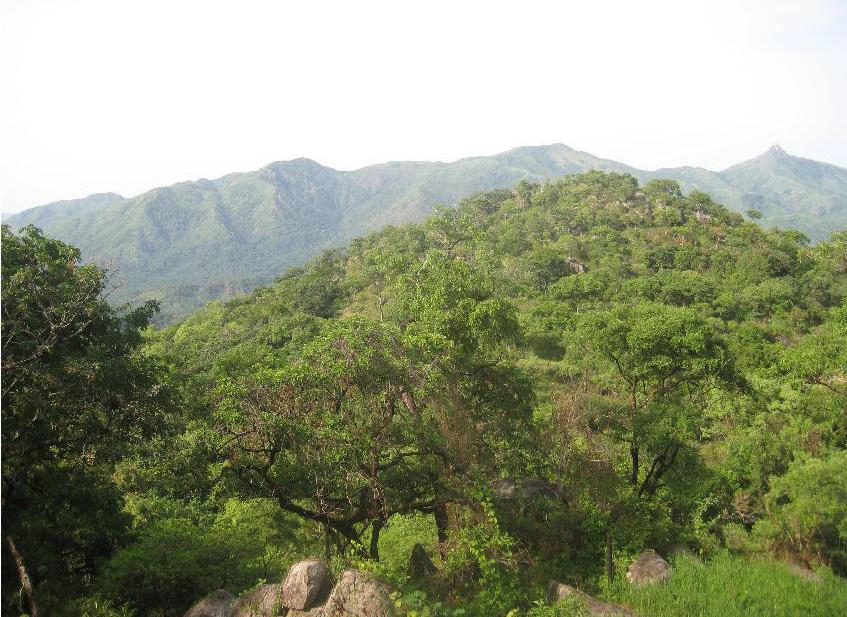Moses Nsanyi Sainge
Other projects
12 Sep 2013
Dissemination of Findings of Biodiversity Assessment and Conservation Status of Plants in the Mbembe Forest Reserve of Donga Mantung Division in the North West Region (NWR) of Cameroon
21 Apr 2016
Floristic Diversity across the Cameroon Mountains: A Case study of the Bakossi National Park, and the Mt Nlonako
The aim of the project is to carry out the first systematic botanical surveys of the vegetation and assess the Biodiversity and conservation status of Plants in Mbembe Forest Reserve area through forest inventory.

The project will be achieved by the following methods:
a) Field surveys
Field surveys will be done following the Smithsonian Institute/Man and the Biosphere (SI/MAB) 1ha plot methodology and the Centre for Tropical Forest Science (CTFS) 50hectar plot methodology. Six hectares of 100m x 100m each will be established in different landscapes of the project area, with two 1hectar per site.
Plots will be selected based on physical and human factors like climate, altitude, slopes, and degree of forest used. Plot data will be replicated independently and randomly using quadrants. Woody plants of ≥ 1cm (10mm) diameter at breast height (1.3m) will be measured using a diameter tape and caliper and identified by a Botanist. All possible liana species of 20mm and above will also be censured and tagged with the aid of strings and aluminum nails. All herbs in a 2 x 2m plot within 20 x 20m plot will equally be sampled by point count. In higher altitudes, epiphytes will be identified based on point count.
Entries of the inventory will be done on data sheets designed using Excel and MINITAB software for easy analysis.
The various plots will be demarcated with the aid of Polyvinylchloride (PVC) pipes, 30m tapes, and a survey compass. Coordinates of sample plots will be taken with the aid of a Global Positioning System (GPS).
b) Plant identification
Voucher specimens of all sampled plants will be collected for proper identification in the Limbe Botanic Garden Herbarium (SCA) and the National Herbarium in Yaounde Cameroon (YA). Unidentified specimens will be sent to Missouri Botanical Garden Herbarium (MO) for identification. Photographs of all fertile, high Conservation value and medicinal plants will be taken using a digital camera. The project will last for a period of 9 months.